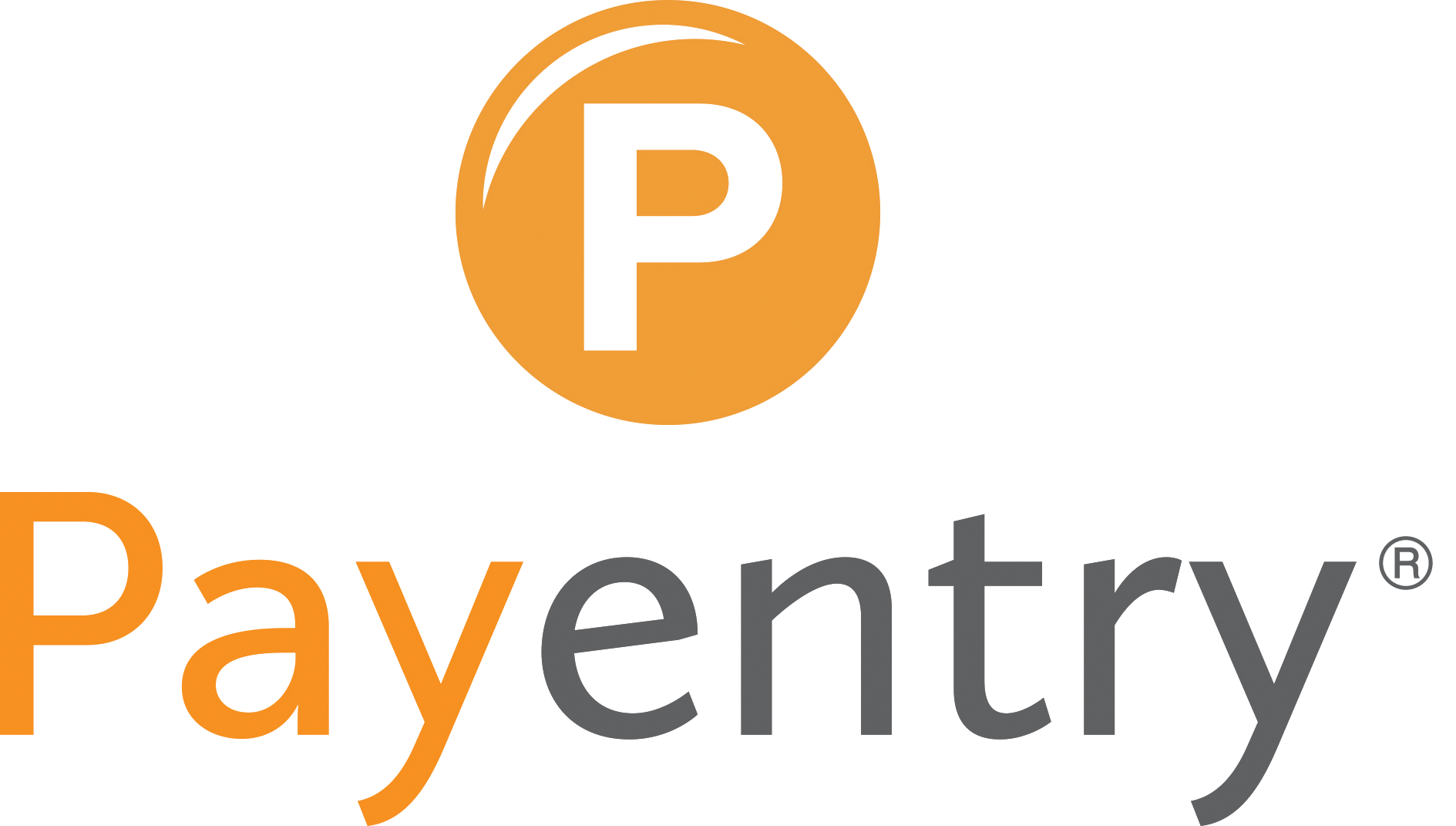
Onboarding New Employees: How to Make a Great First Impression
Starting a new job can present a mix of excitement and uncertainty for employees. As an employer, the manner in which the onboarding process is facilitated can set the tone for a new hire’s experience and long-term success with the organization. A thoughtful and well-structured onboarding process not only helps new employees feel welcome but also improves retention, engagement, and overall productivity.
Consider the following initiatives to create a positive first impression and make new hires feel supported from day one:
Prepare
A successful onboarding experience begins well before the new hire starts. Preparation is key to showing that their time is valued and the team is excited about their arrival.
- Send a Welcome Email – Include important details like start time, dress code, parking information, and any paperwork they need to complete.
- Set-Up Their Workspace – Ensure their desk, computer, phone, and any necessary tools are ready to go.
- Introduce Them to the Team – Let your current staff know about the new hire and encourage them to offer a warm welcome. Take the new team member for a tour around the workplace for personal introductions and point out key areas such as the breakroom, kitchen and washrooms.
- For Remote Team Members – It is important that new hires receive any company-issued equipment prior to their start date along with instructions for set-up and other pertinent information. If IT support is required, it is important that a date and time is set in advance of the start date to ensure a successful first day
Create a Warm Welcome
First impressions matter. When the new employee arrives, make them feel comfortable and valued from the start.
- Greet Them Personally – Have a manager or HR team member meet new hires at the door and give them a tour of the office.
- Provide a Welcome Kit – Include company swag, a notebook, and a personalized note to make them feel part of the team.
- Schedule a Team Lunch or Coffee Break – This creates a relaxed environment for new hires to get to know their colleagues.
- For Remote Team Members – Schedule a virtual “Welcome Meeting.” Invite the team to introduce themselves and share about their roles and responsibilities. Establish a virtual orientation schedule for key personnel to deliver more company insight.
Offer a Structured Onboarding Plan
New hires are more likely to succeed when they have a clear understanding of their role and how they fit into the company’s big picture.
- Set Expectations Early – Outline job responsibilities, key performance indicators (KPIs), and success milestones.
- Provide Training Sessions – Walk through tools, software, and processes they’ll need to master.
- Assign a Mentor – Having a go-to person for questions helps reduce stress and promotes connection.
Encourage Open Communication
Creating an environment where new hires feel comfortable asking questions and sharing concerns is important to their long-term success.
- Schedule Regular Check-Ins – Meet weekly during the first month to answer questions and provide feedback.
- Encourage Feedback – Ask for input about the onboarding process to improve future experiences.
- Create a Safe Space – Let new hires know it’s okay to make mistakes and that support is available when needed.
Foster a Sense of Belonging
Feeling like part of the team helps new hires feel engaged and motivated to contribute.
- Celebrate Their Arrival – Announce their addition to the team on your company’s internal channels or social media.
- Involve Them in Team Activities – Encourage participation in team meetings, social events, and projects.
- Recognize Early Wins – Acknowledge their contributions to boost confidence and morale.
Provide Ongoing Support
Onboarding doesn’t end after the first week. It’s an ongoing process that can last several months.
- Offer Continuous Training – Provide resources and learning opportunities to help new hires grow in their role.
- Monitor Their Progress – Keep track of their development and address any challenges.
- Be Patient and Flexible – Every employee learns at a different pace, so adjust your approach as needed. Many individuals are applied learners, which means they learn best by actively engaging in tasks. Applied learners prefer a hands-on approach to learning in order to fully understand and retain information.
A strong onboarding process sets the foundation for long-term success and employee satisfaction. When new hires feel welcomed, supported, and confident in their roles, they are more likely to stay engaged and contribute to your organization’s growth. Investing in a structured and thoughtful onboarding experience is more than just making a great first impression. It’s about building a team that thrives and delivers long-term success.
Payentry personnel management professionals provide expert support in payroll, workforce management, human resources, benefits administration, and retirement planning services.
For the latest updates, to view our webinars, and listen to our podcasts, visit and follow us on LinkedIn, Facebook, X, Instagram, YouTube and Spotify.
Learn more about how we can help you achieve your goals, address challenges, and resolve issues with speed and precision by conveniently scheduling an appointment with our team. And to speak directly with an experienced payroll professional, please contact us at 888.632.2940 or simply Click Here and Let’s Talk.
* MPAY LLC dba Payentry (Company), is not a law firm. This article is intended for informational purposes only and should not be relied upon in reaching a conclusion in a particular area of law. Applicability of the legal principles discussed may differ substantially in individual situations. Receipt of this or any other Company materials does not create an attorney-client relationship. The Company is not responsible for any inadvertent errors that may occur in the publishing process.

